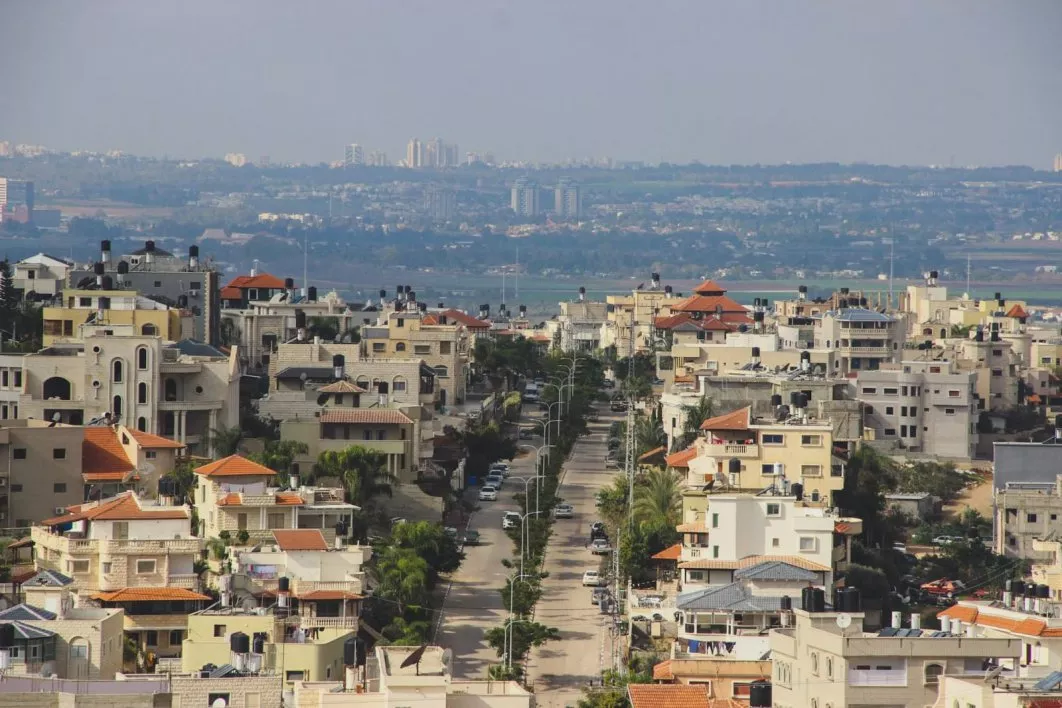Early on in the current conflict in Gaza, we witnessed the amazing spectacle of three heads of Ivy League universities having problems saying that calling for genocide is wrong (https://www.youtube.com/watch?v=5VtAZBvmzcQ_). It was bizarre, even amusing, that such seemingly brilliant people could be so stupid.
Now Gary Lineker, an old hero of mine, has got into trouble for sharing a post about Zionism which prominently featured a rat on the screen. For some time now, Lineker has used his 9 million-follower X / Twitter feed and 1.5 million Instagram account to post against genocide in Gaza or against Israel. I don't follow him and his political opinions don't really interest me, but the rat image was of interest. I tried searching for the video he shared, but all I can find is talk of Lineker himself.
In 2004 I did a one year MA course on the Holocaust with Professor Dan Stone of the University of London (Royal Holloway), who is now one of the world's most prominent experts on the topic. Dan showed us at least one Nazi propaganda film, which is usually banned, but which in the context of the course we could watch. I looked for the video, this film has a very short extract from it towards the end: https://www.youtube.com/watch?v=_UF6zAqDSJE (most of the scenes shown are from my father's hometown). This article is about the film: https://encyclopedia.ushmm.org/content/en/article/der-ewige-jude.
The film is definitely disturbing, but of course, why would a famous footballer know about it? Apparently whoever posted it did though.
Image from an Austrian newspaper, taken from https://www.thenewhumanitarian.org/photo/201511191600190569/cartoon-depicting-jewish-refugees-rats-thrown-out-germany-and-nazi-occupied
From written descriptions of Lineker's movie, it sounds like it describes Zionists as rats who invaded Palestine and it sounds plausible that whoever posted it had seen the Nazi film. The kind of mistake Lineker made happens frequently to liberal supporters of the Palestinians, as there are many not-so-liberal supporters also getting their voice in and the people they are supporting are not exactly paragons of virtue. During its short invasion of Israel in October 2024, Hamas or Hamas supporters went house to house in Israeli villages and towns killing occupants or taking them as hostages, and there is plenty of evidence to suggest that the long-term aim of Hamas is either genocide or ethnic cleansing. So it's very easy for someone, seeking to oppose "Israeli genocide" to find themselves either actively calling for genocide/ethnic cleansing or inadvertently supporting calls for genocide and ethnic cleansing (if there is a difference between calling for something and supporting it).
Netanyahu is also opposing genocide: In his case, the apparent threat of future genocide and ethnic cleansing of Israeli Jews, which would seem to be validated by the widespread support for Hamas and opposition to Israel and calls for its destruction. Antisemitism was once, and apparently is now, a path to popularity in Europe. Massacres in Rwanda, Iraq or Sudan don't get much response, but when it happens in Israel - The hatred is vivid.
600,000 Iraqis died during the Anglo-British invasion of Iraq. The Arab-Nationalist Saddam Hussein gassed 200,000 Kurds and killed hundreds of thousands of Iraqis during his rule which never stopped many prominent British leftists from supporting him, including most famously, Vanessa and Colin Redgrave (worthy of a post in itself). Arab-Nationalist Assad killed some 600,000 Syrians during the recent civil war (and used chemical weapons against his own people). Nasser, the most popular of Arab-Nationalists used chemical weapons in the Yemen and in 1967, Egyptian radio boasted of the coming massacre of the Jews in Palestine. 50,000 German civilians died in one night in Dresden, very few of them would have been fighters. About a third of the dead in Gaza are fighters. In Sudan, Arab nationalists have murdered many hundreds of thousands of Black-Africans - possibly millions - in an attempt to drive them out of oil-rich Darfur.
I haven't seen anybody calling for attack on Alawites, though Assad's regime is largely Alwaite, or on Sunni-Arabs, although Saddam was Sunni-Arab.
When Israel proposed that it handle the distribution of food in Gaza, there were, naturally a lot of appalled voices. Hamas certainly opposed it. Hamas and many socalled "aid-agencies" and European leftists are often happier to see Palestinians starving (which they can blame on Israel), then to have Israel dela with the problem at the xpense of Hams. I assume that is because, in the end, they are more interested in exterminating or driving out the Jews, then they are in Palestinian welfare.


